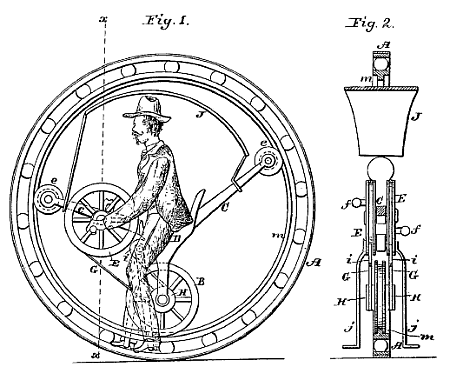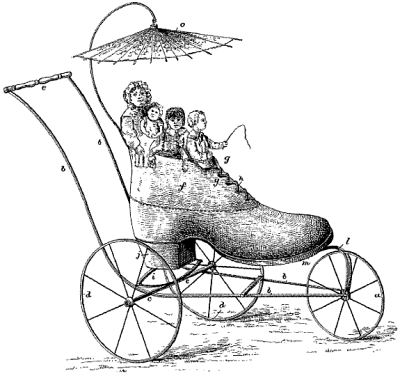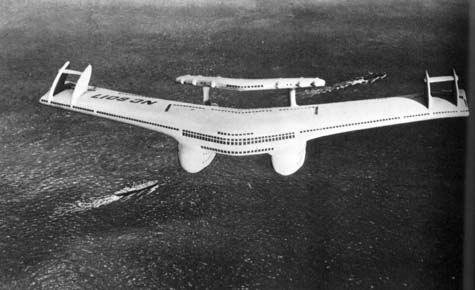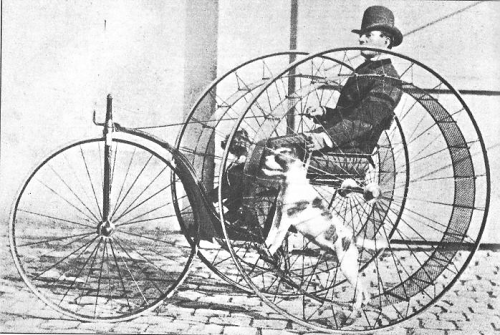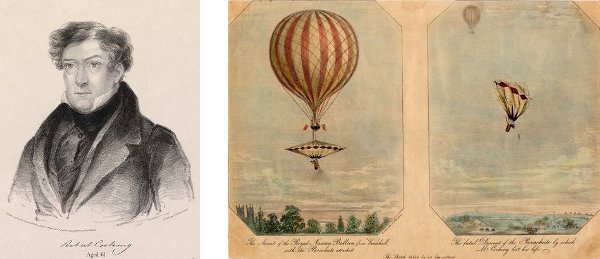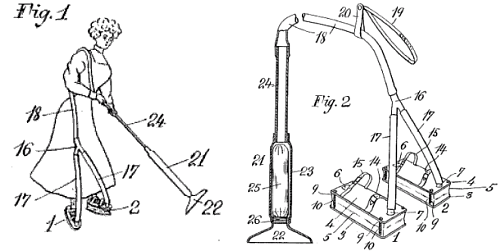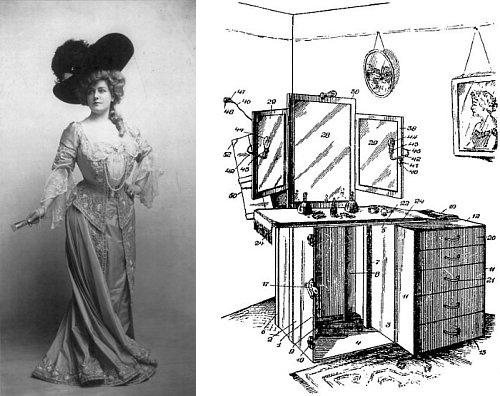In 1973, Sheldon Klein of the University of Wisconsin programmed a computer to write a 2,100-word mystery story in 19 seconds:
Wonderful smart Lady Buxley was rich. Ugly oversexed Lady Buxley was single. John was Lady Buxley’s nephew. Impoverished irritable John was evil. Handsome oversexed John Buxley was single. John hated Edward. John Buxley hated Dr. Bartholomew Hume. Brilliant Hume was evil. Hume was oversexed. Handsome Dr. Bartholomew was single. Kind easygoing Edward was rich. Oversexed Lord Edward was ugly. Lord Edward was married to Lady Jane. Edward Liked Mary Jane. Edward was not jealous. Lord Edward disliked John. Pretty jealous Jane liked Lord Edward. …
The plots tend to be haphazard and the narrative unsophisticated … but in this example the butler did it. Perhaps Klein was onto something.

